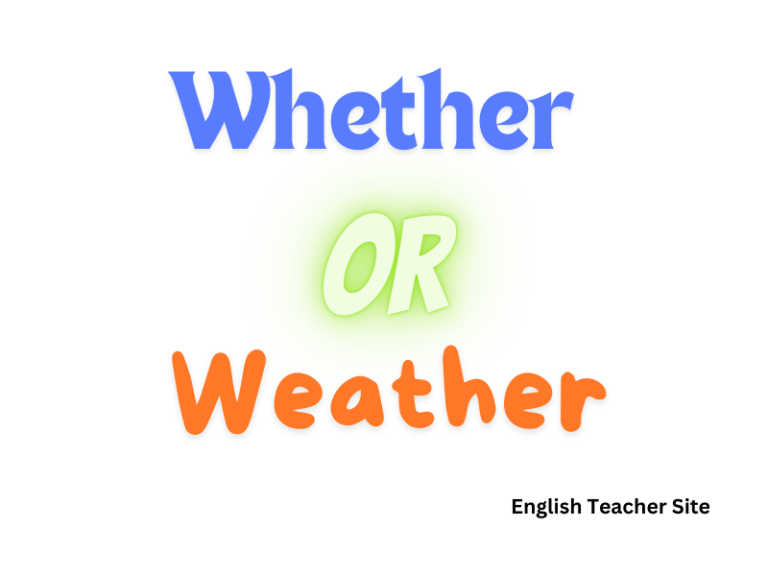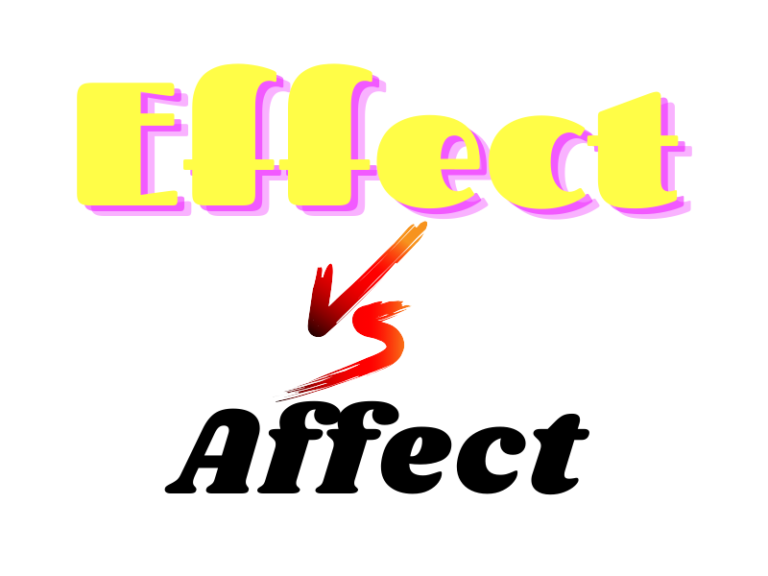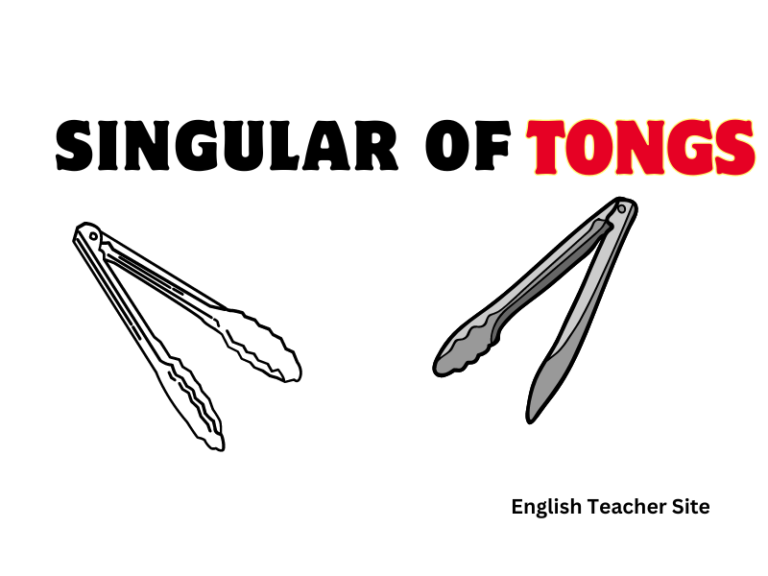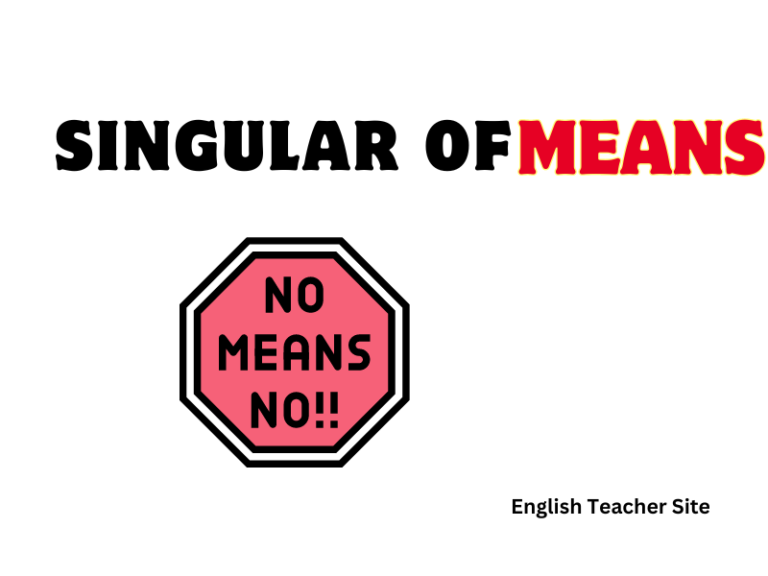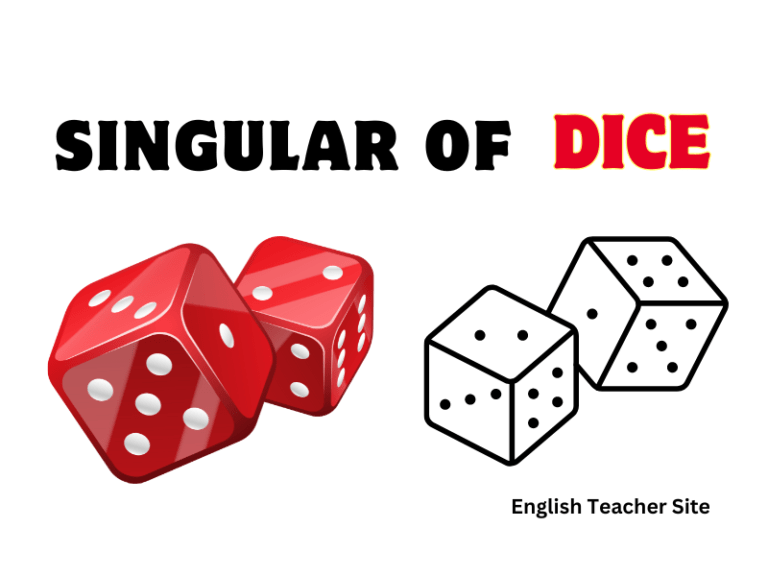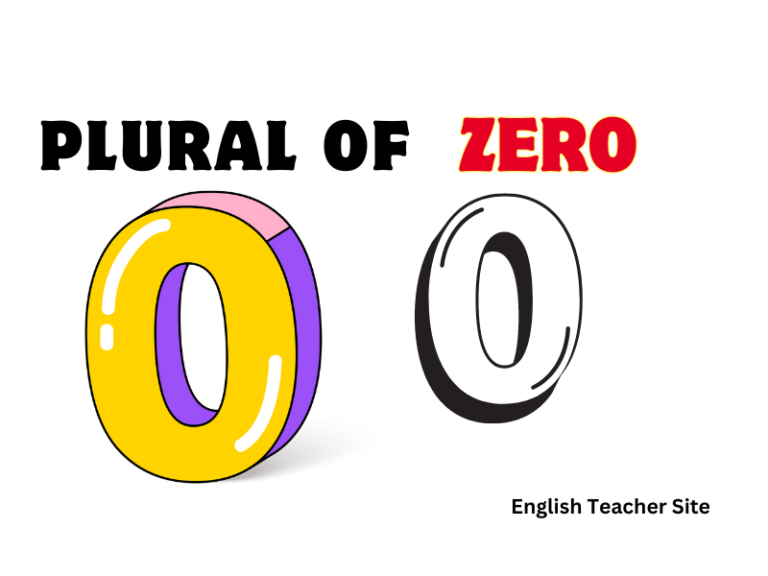Whether vs Weather: Understanding the Difference and Usage in English
Homophones like “weather” and “whether” often cause confusion due to their similar pronunciation, yet they carry entirely different meanings. “Weather” can be both a noun and a verb pertaining to the state of the atmosphere, including such conditions as temperature, wind, rain, or sunshine. On the other hand, “whether” is a conjunction used to introduce…

